Similar Posts
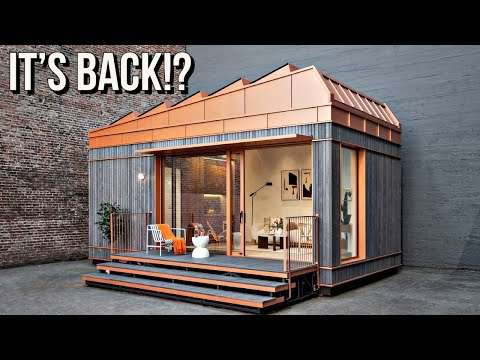
Surprise! This PREFAB HOME is Now Available on the West Coast!!
After a two years with little new news a California based Prefab Home builder has re…
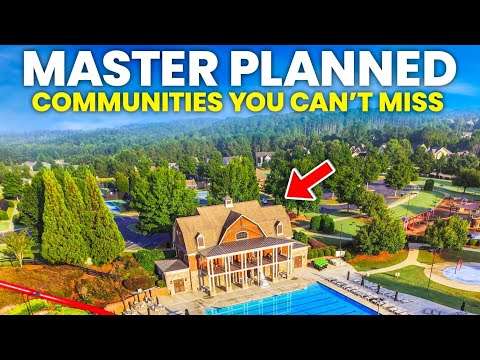
12 Top Selling Masterplanned Communities in USA
Today, we’re diving into an exciting journey through the 12 Top-Selling Masterplanned Communities in the USA…
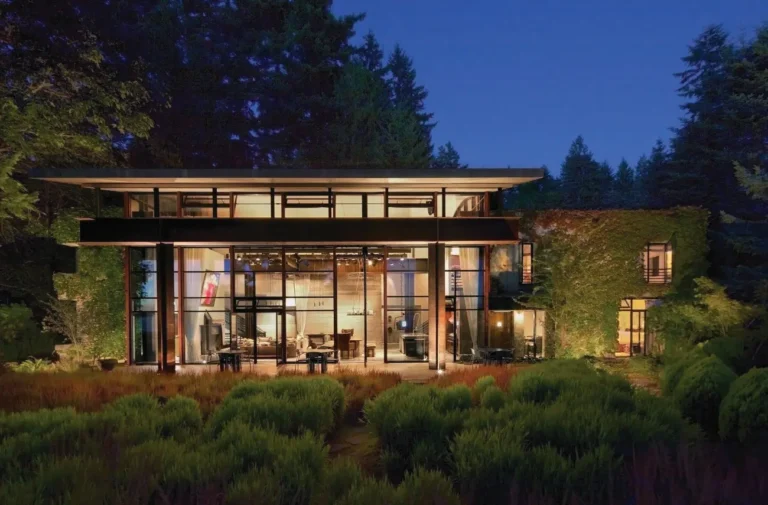
Expansive Monograph Explores the Wonderful World of Architect Tom Kundig’s “Complete Houses”
Tom Kundig, Studio House, Seattle, Washington, October 1993 – February 1998. (Photo: Michael Burns) Architect Tom…
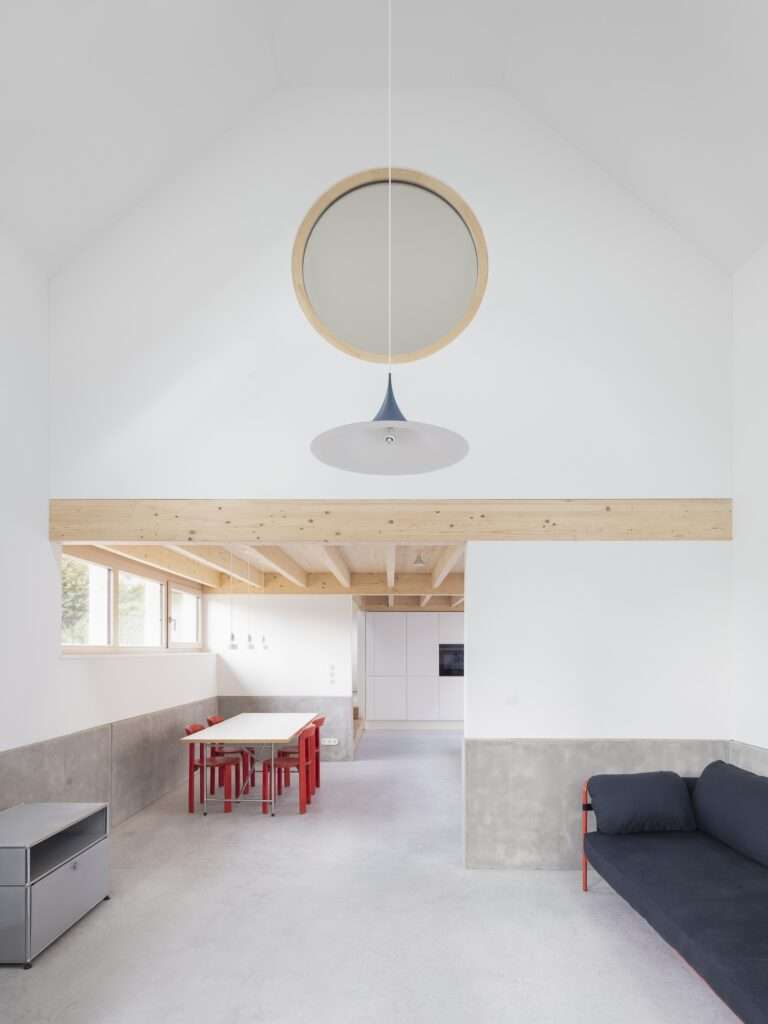
House HSBW
House HSBW is a minimalist residence located in Heidelberg, Germany, designed by Simon Kochhan in collaboration…
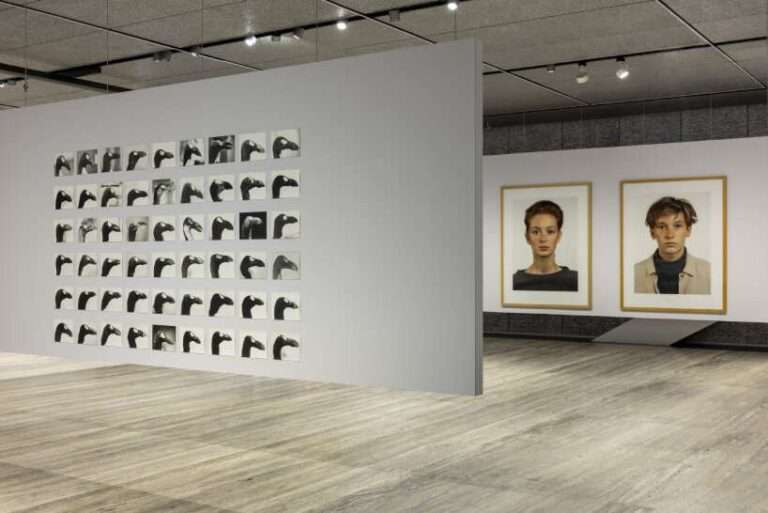
images of water towers, furnaces and more depict german photography at fondazione prada
german photography & thierry de cordier at fondazione prada Fondazione Prada in Milan hosts two recent…
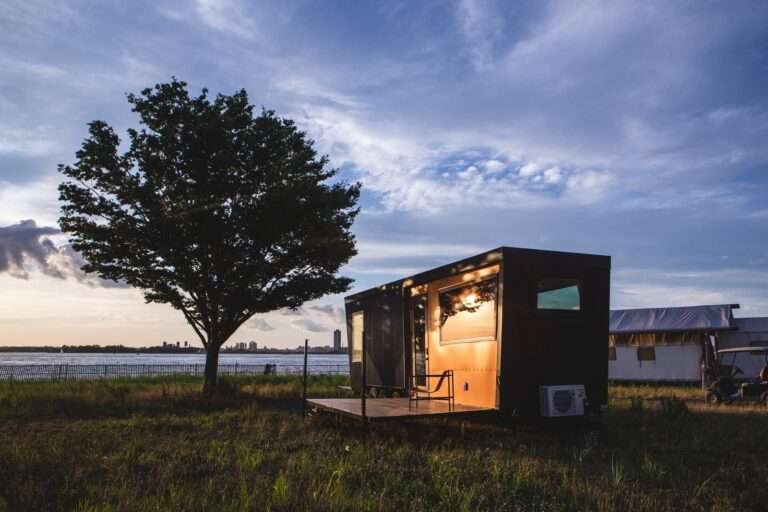
Outlook Shelter
Finding reprieves of green and calm amid the chaos of New York City is no simple task. Governors Island, an 172-acre island just off the southern tip of Manhattan, has filled that need in recent years with a 43-acre public park filled with rolling hills, historic structures, and even a zipline. It’s only a short ferry ride from downtown Manhattan or Brooklyn’s Pier 6 to reach this car-free oasis. Instead of settling for a mere day trip, though, Collective Retreats encourages lingering for a while with its newest endeavor, the Outlook Shelter. Open from May through October, Governors Island combines lush parkland, easily bikeable paths, art installations, nap-inducing hammocks, and trendy food and drink outlets. Even with annual events like the Jazz Age Lawn Party and the Rite of Summer Music Festival packing crowds, Governors Island was devoid of overnight possibilities until summer 2018. That’s when Denver-based Collective Retreats opened the seasonal Collective Governors Island, a menagerie of rustic, stylish tents—some tricked out with private baths—featuring beds wrapped in high thread-count linens and Turkish towels.